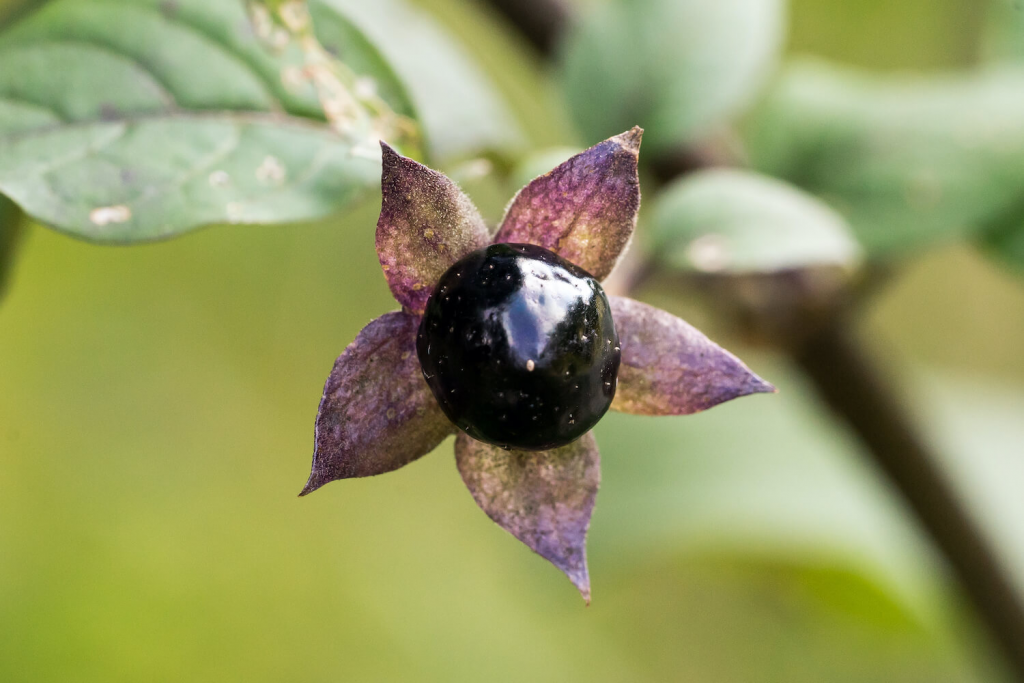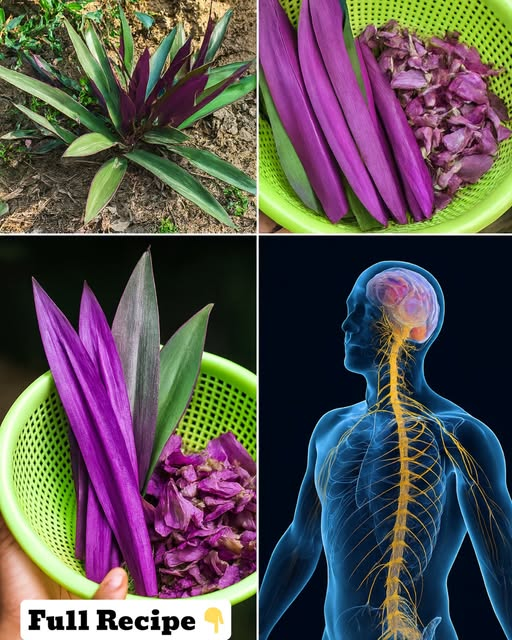Imagine stumbling across a plant with glossy black berries and delicate purple flowers, so inviting you’re tempted to take a closer look. But hidden within its beauty lies a deadly secret. Deadly Nightshade, or Atropa belladonna, is a plant that’s as fascinating as it is dangerous. Known for its toxic allure, it has a history steeped in medicine, mystery, and even murder. Did you know just a few berries can be fatal? This article uncovers the truth about Deadly Nightshade, offering practical tips to stay safe and insights into its captivating past. Whether you’re a hiker, gardener, or curious reader, you’ll learn how to identify this perilous plant and protect yourself, your family, and your pets.

What Is Deadly Nightshade?
Deadly Nightshade is a perennial herb in the Solanaceae family, sharing roots with everyday plants like tomatoes and potatoes. Native to Europe, North Africa, and parts of Asia, it thrives in shady woodlands, disturbed soils, and overgrown paths. Its name, Atropa belladonna, comes from the Greek Fate Atropos, who severs the thread of life, and the Italian belladonna, meaning “beautiful lady.” This duality reflects its enchanting appearance and lethal nature. Every part—berries, leaves, stems, and roots—contains potent toxins that can cause severe harm. Understanding its characteristics is the first step to staying safe.
Visual Characteristics
- Flowers: Bell-shaped, purple-brown with a greenish tint, blooming from June to September.
- Berries: Shiny, black, cherry-sized fruits that look tempting but are highly toxic.
- Leaves: Dark green, oval, slightly pointed, often growing in pairs.
- Height: Grows 2–5 feet tall with branching, herbaceous stems.
Why Is Deadly Nightshade So Dangerous?
The plant’s danger lies in its tropane alkaloids—atropine, scopolamine, and hyoscyamine. These compounds disrupt the nervous system by blocking acetylcholine, a neurotransmitter critical for bodily functions. The roots and berries are the most potent, but all parts are hazardous. Even minimal exposure, like touching the plant and then rubbing your eyes, can transfer toxins. For children, as few as 2–5 berries can be fatal, while adults may succumb to 10–20. Pets and livestock are also at risk, showing symptoms like restlessness or convulsions.

Toxic Compounds Breakdown
| Compound | Effects |
|---|---|
| Atropine | Rapid heartbeat, hallucinations, paralysis |
| Scopolamine | Confusion, delirium, altered consciousness |
| Hyoscyamine | Neurological disruption, seizures, coma |
These alkaloids make Deadly Nightshade a serious threat, especially in areas where it grows wild or is mistaken for edible plants like blackberries.
How Does It Affect the Body?
When ingested or absorbed, Deadly Nightshade’s toxins trigger a range of symptoms, escalating quickly. Children and pets are particularly vulnerable due to their smaller size and curiosity about the sweet-tasting berries. The effects target the nervous system, causing chaos within hours.
Symptoms of Poisoning
- Early Signs: Dry mouth, difficulty swallowing, blurred vision, dilated pupils, intense thirst.
- Progressive Effects: Rapid heartbeat, flushed skin, confusion, hallucinations, fever.
- Severe Outcomes: Seizures, delirium, paralysis, respiratory failure, coma, or death.
In one case, a family foraging in a forest mistook belladonna berries for edible fruits. Within hours, they experienced blurred vision and confusion, requiring emergency care. Quick action saved them, but it highlights the need for vigilance. If poisoning is suspected, seek medical help immediately and rinse the mouth without inducing vomiting unless advised by a professional.

Historical and Modern Uses
Deadly Nightshade’s dark past is as compelling as its dangers. In Renaissance Europe, women used its extracts to dilate their pupils, creating a seductive, wide-eyed look—hence the name belladonna. This risky practice could cause blindness. In ancient Rome, it was a poison for arrows and contaminated food supplies. Medieval tales linked it to witchcraft, with ointments causing hallucinogenic “flying” sensations.
Today, its alkaloids are used in controlled medical settings:
- Atropine: Dilates pupils for eye exams and treats slow heart rates.
- Scopolamine: Prevents motion sickness and nausea.
- Hyoscyamine: Relieves gastrointestinal issues like irritable bowel syndrome.
These applications require precise dosing by professionals. A 2019 study noted atropine’s effectiveness in emergency cardiac care, but only under strict medical supervision. Never attempt to use Deadly Nightshade at home, as the margin for error is dangerously small.
How to Stay Safe
Protecting yourself and others from Deadly Nightshade requires awareness and caution. Its glossy berries can tempt children and pets, while gardeners might encounter it unknowingly. Here are practical steps to minimize risks.

Safety Precautions
- Avoid Contact: Wear gloves, long sleeves, and goggles when handling or removing the plant. Wash hands thoroughly afterward, especially before touching your face.
- Educate Children and Pet Owners: Teach kids to avoid wild berries and keep pets away from areas where Deadly Nightshade grows, like woodlands or disturbed soils.
- Safe Removal: Dig out the entire plant, including roots, to prevent regrowth. Dispose of it in sealed bags in the trash—never compost or burn, as toxins can persist. Clean tools with a bleach solution (1 cup bleach per gallon of water).
- Identify Carefully: Learn to recognize its single berries, star-shaped green leaves, and purple, bell-shaped flowers to avoid mistaking it for edible plants.
If you suspect exposure, act fast. A gardener in the UK once accidentally ingested a berry while pruning and was hospitalized within hours. Quick medical intervention prevented worse outcomes.
Fascinating Facts to Know
Deadly Nightshade’s mystique extends beyond its dangers. Here are some intriguing tidbits:
- Mythological Ties: The genus Atropa is named after Atropos, the Greek Fate who cuts life’s thread, symbolizing the plant’s lethality.
- Cultural Symbolism: In Victorian flower language, belladonna represented silence, falsehood, or death, often used in literature as a warning.
- Ecological Role: Some birds can safely eat the berries, aiding seed dispersal, but honey from bees feeding on belladonna nectar may be toxic to humans.
These facts highlight why Deadly Nightshade remains a subject of fascination in science, history, and culture.

Common Questions About Deadly Nightshade
What should I do if I think I’ve been exposed?
Seek emergency medical help immediately. Rinse the mouth if possible, but do not induce vomiting unless directed by a professional.
Can I grow Deadly Nightshade safely?
It’s not recommended due to its extreme toxicity, especially in households with children or pets. If you must, keep it in a secure, isolated area and handle it with protective gear.
How can I tell it apart from edible berries?
Look for single berries on green, star-shaped leaves with purple, bell-shaped flowers. Edible berries like blackberries grow in clusters and lack these distinct features.
Are there any safe uses for the plant?
Only in controlled medical settings under professional supervision. Never attempt to use it at home.
This content is for informational purposes only and does not replace professional medical advice. Always consult a healthcare provider for medical concerns.




